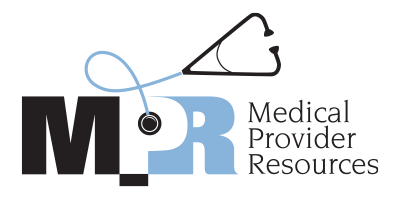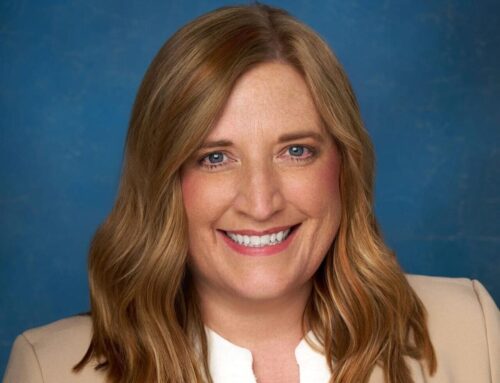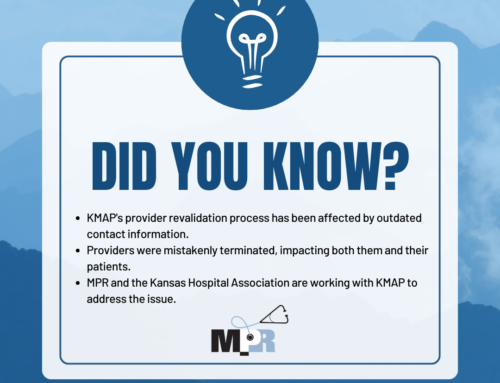Prior to the 1990s, Kansas had widespread healthcare gaps between the rural and/or underserved Kansas communities and the larger urban cities which have plentiful access to quality healthcare. These healthcare discrepancies led to the conclusion that a structured, centralized system must be created to bridge this growing healthcare gap. Kansas needed to prioritize the rural communities and bring quality healthcare to these rural residents.
The Omnibus Budget Reconciliation Act (OBRA) of 1990 became a pinnacle moment for rural and economically disadvantaged areas. This new law became effective October 1, 1991, allowing certain clinics to register as Federally Qualified Health Centers (FQHCs). An FQHC would provide healthcare to underprivileged communities based on a sliding fee scale, with incomes below 200 percent of the federal poverty level. This law helped aid health professionals in shortage areas and outpatient clinic settings. This is the structured centralized system needed to bridge the economic healthcare gap.
FQHCs are federally funded and are eligible to receive the Health Resources and Services Administration (HRSA) grant if the clinic meets certain criteria. In addition to the HRSA grants, FQHCs are at the forefront of donations from many avenues like Medicaid reimbursements and private donations.
There are many requirements that a facility must follow to qualify as a FQHC. Some of these requirements are:
- Serve an underserved area or population
- Automatically designated as a Health Professional Shortage Area (HPSA)
- Offer a sliding fee scale
- Provide services typical in a clinic setting, including:
- Primary care
- Preventive care
- Mental health and substance abuse services
- Have a quality assurance program
- Have a governing board of directors
- At least 51% of the board members must be patients of the FQHC
- The board should consist of at least 9 people and a maximum of 25 people
A facility must also provide specific services at their facility under the FQHC qualifications. Some of these services include:
- Physician services
- Non-Physician Practitioner services
- NP, PA, certified nurse midwife (CNM), clinical psychologist (CP), and clinical social worker (CSW) services
- Outpatient diabetes self-management training (DSMT) and medical nutrition therapy (MNT) for beneficiaries with diabetes or renal disease
There are many other requirements based on location, services, and clinic which can all be found at https://bphc.hrsa.gov/.
After meeting all the FQHC requirements, the facilities and providers must go through the enrollment process with Medicare which is done through the internet-based Provider Enrollment Chain and Ownership System (PECOS) or using the paper application (855-A). After the application is submitted, the process of completion begins and is likely to flow the chart below.

FQHCs give underserved and rural communities the healthcare resources needed to continue to lead healthy and safe lifestyles. As we navigate the complexities of modern healthcare, the role of FQHCs remains pivotal in advancing health equity and ensuring that healthcare is a fundamental right for all.
Resources
Centers for Medicare & Medicaid Services. (n.d.). Medicare Benefit Policy Manual: Chapter 13 – Rural Health Clinic (RHC) and Federally Qualified Health Center (FQHC) Services (Publication No. BP102C13). Retrieved July 15, 2024, from https://www.cms.gov/regulations-and-guidance/guidance/manuals/downloads/bp102c13.pdf
“Federally Qualified Health Centers.” Federally Qualified Health Centers | KDHE, KS, www.kdhe.ks.gov/256/Federally-Qualified-Health-Centers. Retrieved July 15, 2024.
Health Resources & Services Administration. (n.d.). Retrieved July 15, 2024, from https://www.hrsa.gov/
Social Security Administration. (n.d.). Omnibus Budget Reconciliation Act of 1990 (Vol. 4). Retrieved July 15, 2024, from https://www.ssa.gov/history/pdf/Downey%20PDFs/Omnibus%20Budget%20Reconciliation%20Act%20of%201990%20Vol%204.pdf
Social Security Administration. (n.d.). Title XVIII—Health Insurance for Aged and Disabled. Retrieved July 15, 2024, from https://www.ssa.gov/OP_Home/ssact/title18/1861.htm
WPS GHA. (n.d.). Medicare Secondary Payer (MSP) Manual – Chapter 5: Contractor Prepayment Processing Requirements. Retrieved July 15, 2024, from https://med.wpsgha.com/guides-resources/view/979



